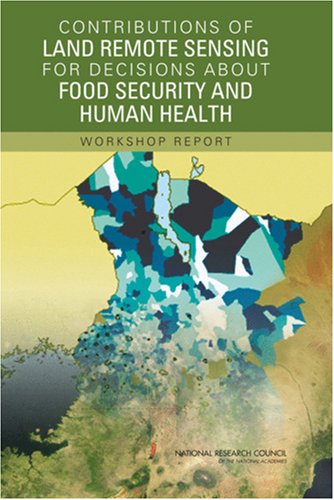

Most ebook files are in PDF format, so you can easily read them using various software such as Foxit Reader or directly on the Google Chrome browser.
Some ebook files are released by publishers in other formats such as .awz, .mobi, .epub, .fb2, etc. You may need to install specific software to read these formats on mobile/PC, such as Calibre.
Please read the tutorial at this link: https://ebookbell.com/faq
We offer FREE conversion to the popular formats you request; however, this may take some time. Therefore, right after payment, please email us, and we will try to provide the service as quickly as possible.
For some exceptional file formats or broken links (if any), please refrain from opening any disputes. Instead, email us first, and we will try to assist within a maximum of 6 hours.
EbookBell Team

4.4
62 reviewsThis book summarizes a workshop on the potential contributions of remotely sensed data to land-use and land-cover change and ways to use physical, biological, temporal, and social characteristics of particular locations to support decisions about human welfare. The discussions focused on human health and food security, two aspects of human welfare in which remotely-sensed environmental conditions play a key role. Examples illustrating the possibilities for applying remote sensing for societal benefit are included throughout the report. As a result of the workshop, three themes were identified that, if fostered, could help realize the potential for the application of land remote sensing to decisions about human welfare: (1) integration of spatial data on environmental conditions derived from remote sensing with socioeconomic data; (2) communication between remote sensing scientists and decision makers to determine effective use of land remote sensing data for human welfare issues; and (3) acquisition and access to long-term environmental data and development of capacity to interpret these data.